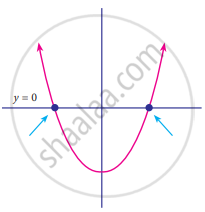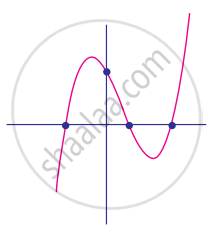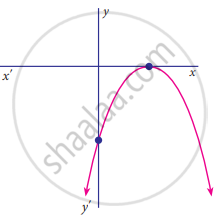Advertisements
Advertisements
प्रश्न
If p(x) = x + 3, then p(x) + p(–x) is equal to ______.
पर्याय
3
2x
0
6
उत्तर
If p(x) = x + 3, then p(x) + p(–x) is equal to 6.
Explanation:
Given p(x) = x + 3,
Put x = – x in the given equation, we get p(– x) = – x + 3
Now, p(x) + p(– x) = x + 3 + (– x) + 3 = 6
APPEARS IN
संबंधित प्रश्न
Find p(0), p(1) and p(2) for the following polynomial:-
p(x) = x3
Verify whether the following zeroes of the polynomial, indicated against them.
`p(x) = 3x + 1, x = -1/3`
Find the zero of the polynomial of the following :
f(z) = 8z
Verify whether the following are zeros of the polynomial, indicated against them, or not
p(x) = ax + b, x = `(-"b")/"a"`
Find the number of zeros of the following polynomial represented by their graph

Find the number of zeros of the following polynomial represented by their graph

Find the number of zeros of the following polynomial represented by their graph

The zero of the polynomial 2x + 5 is
Zero of the zero polynomial is ______.
If a, b, c are all non-zero and a + b + c = 0, prove that `a^2/(bc) + b^2/(ca) + c^2/(ab) = 3`.
